Back in late 2000s, the common belief in the West was that China is good at making cheap and low quality goods, but not much else. It was commonly believed that since China does not have democracy, Chinese people cannot think out of the box and be creative or innovative. That was when China’s tech industry got branded with the reputation of copycats and thieves. That reputation has stuck with Chinese companies even now. That was a relationship that worked for Western countries. China will keep making cheap goods for Western multi-nationals and buy up Western government bonds, while Western companies experience larger profit and continue to make a lot of money on high end designing, high value added products and complex machineries.
As I discussed in "How China became good at software and AI", China really took a break from this model when it used censoring reasons to push big American tech away. I think American tech may have expected Chinese Internet Industry to fall apart without American tech, but it ended up allowing Chinese tech companies to grow and flourish. As we’ve seen with WeChat, Weibo, AliExpress, Douyin, JD, Didi, Xiaohongshu and Pinduoduo, China’s Internet and eCommerce industries developed entirely different from rest of the world. China has moved beyond a web based Internet industry, because Baidu is so bad at searches. WeChatPay and Alipay have made China a cashless society. None of this would have happened if China was only copying the West.
During the past 15 years, China has moved from just making lower end electronics and cheap furnitures for Western countries to high end products like cars. Since 2021, China’s domestic brand market share has increased from 41.2% to 61.7% last month. This has caused companies like GM, Honda, Ford, VW and others to see their fortunes decline significantly in China.
This change has certainly caused significant anxiety in Western countries. Recently, EU has levied additional tariffs on Chinese EV imports. As Molson Hart said in his appearance on Tucker show, he believes that Chinese companies are moving from just manufacturing Western designs to designing those products and also making them. The products are also now retailed on Chinese eCommerce sites like Temu and AliExpress in Western countries. Two teddy bears can both be made in China, but the one designed in China and sold on Temu will clearly be better for China than one that is designed in America and sold on Amazon. In the latter, American companies still collect vast majority of the revenues.
As we see below, China accounts for 35% of manufacturing in the world, but just 29% in value added. America produces 12%, but accounts for 16% of value added. China’s goal is to get both 35% of manufacturing and value added. There is clearly difference between a Tesla EV exported from China to Europe vs a BYD EV. In the former, all the profits are collected by Tesla and can be re-invested in Tesla. Which will pay for American engineers and management. Tesla stocks rising will also mostly benefit Americans. Even if Tesla is 90% made in China, all the value added goes to America. BYD would like to change that by beating Tesla on its exports to Europe. It is far more important to China for BYD to be making the profits and hiring Chinese engineers and developing new technology from that. Tesla can always withdraw its operations from Shanghai. BYD will always be in China.
I think there is a clear difference between “Made in China vs “Made by China” that do not show up in the trade balance. As China moves up the supply china, there will be a lot more of the Made by China.
But just what does “made by China” look like? Well, I think there is no better example of that than the success of Black Myth: Wukong as it hit 10 million sales.
As mentioned here, Chinese developers contributed 47% of global revenue from mobile games in 2023. Genshin Impact has been a huge success story since launching in 2020. Popularity of these games not only helps the bottom line, but also exports Chinese culture to rest of the world. That’s the impact of moving up the value chain. All of this is part of growth in China’s software industry that has also seen China become the second largest contributor to English open source communities. Software talent in China is so plentiful that Huawei HarmonyOS got 2.54 million developers to build a full ecosystem that’s independent of Windows and Android. Operating System and software platforms are extremely profitable and high margined. Most of the systems that we have globally run on American software platforms. Outside of a few Harmony products, all the consumer electronics products from China also run on American OS. That is the pinnacle of high value added industry that has allowed America to grow much faster than European countries and Japan.
That’s why we have great power competition and a tech war. Now that China wants to move up to the highest value added fields, it threatens the industries that have driven America’s economic growth in the past 30 years. This is also why America is pulling all the stops in China’s advancement in AI industry. I don’t think that has really worked so far, but the logic behind that move makes a lot of sense to me.
But as I sit here and look at China’s current tech scene, it is full of bad stories for Western countries. To me, there seems to be many industries that only China is competing in. In the recent 2024 World Robotics conference, 27 humanoid robots from many different companies were on display including some really impressive ones by Agibot, Unitree’s G1 robot and the ones below by Ubtech:
All this happened while Tesla Optimus hid behind glass
This really reflected the innovation landscape between China and US. There are almost too many Chinese companies killing each other trying to win while American counterpart mostly just have 1 or 2 players. It’s not a surprise that China now has a full supply chain for AI robots and rapid innovation, while Tesla Optimus is stationary. To me, humanoid robots are the pinnacle of Industry 4.0 and future industries. Agibot’s collaboration partners consisted of many well know AI and software companies. Commercializing humanoid robot requires developing AI & software needed to translate between speech to text, process that text internally with AI inference chips in order for robot to respond. The robot will also have to combine sensor data to figure out where to move to and what actions to take. All of this takes AI. This may be the most applicable and profitable scenario for AI.
Aside from this, Chinese tech industry is also making significant progress in eVTOL, drones, green hydrogen, space industry, biotech and quantum computing. I can probably talk for a long time about each of these industries. In many areas, China is opening up new industries that don’t really exist elsewhere. In those fields, it seems like China is running ahead unopposed. As such, it will be setting standards in those industries. As those industries grow, China will benefit from being the first participant. It remains to be seen how Western countries will handle this.

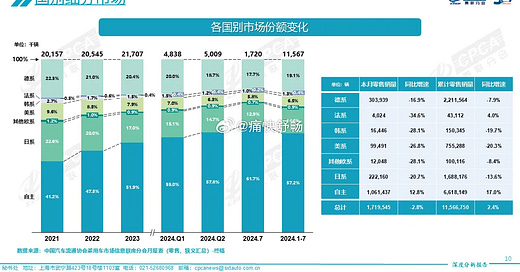





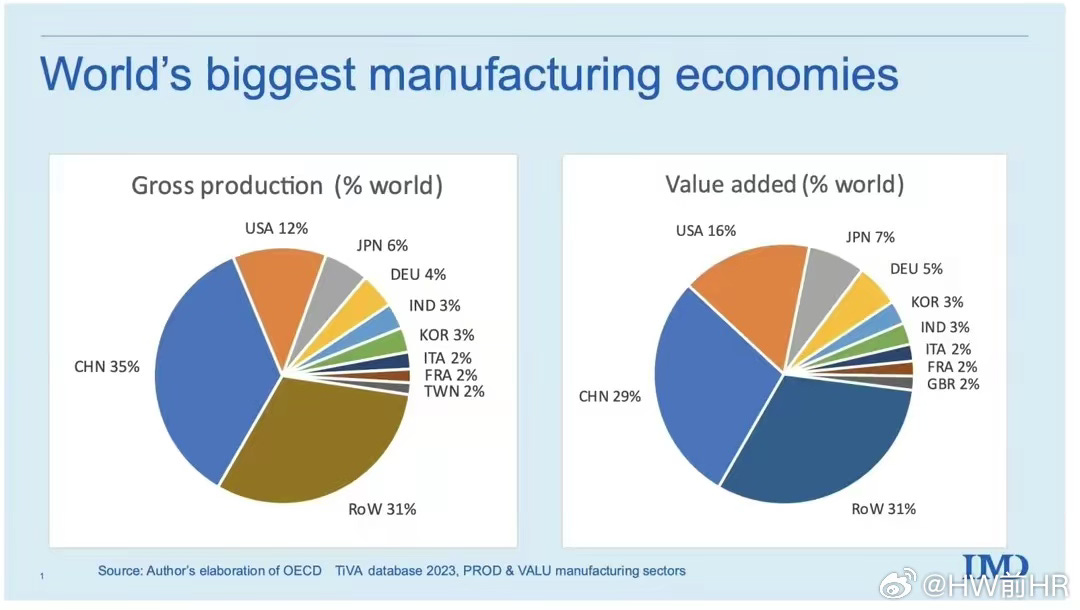
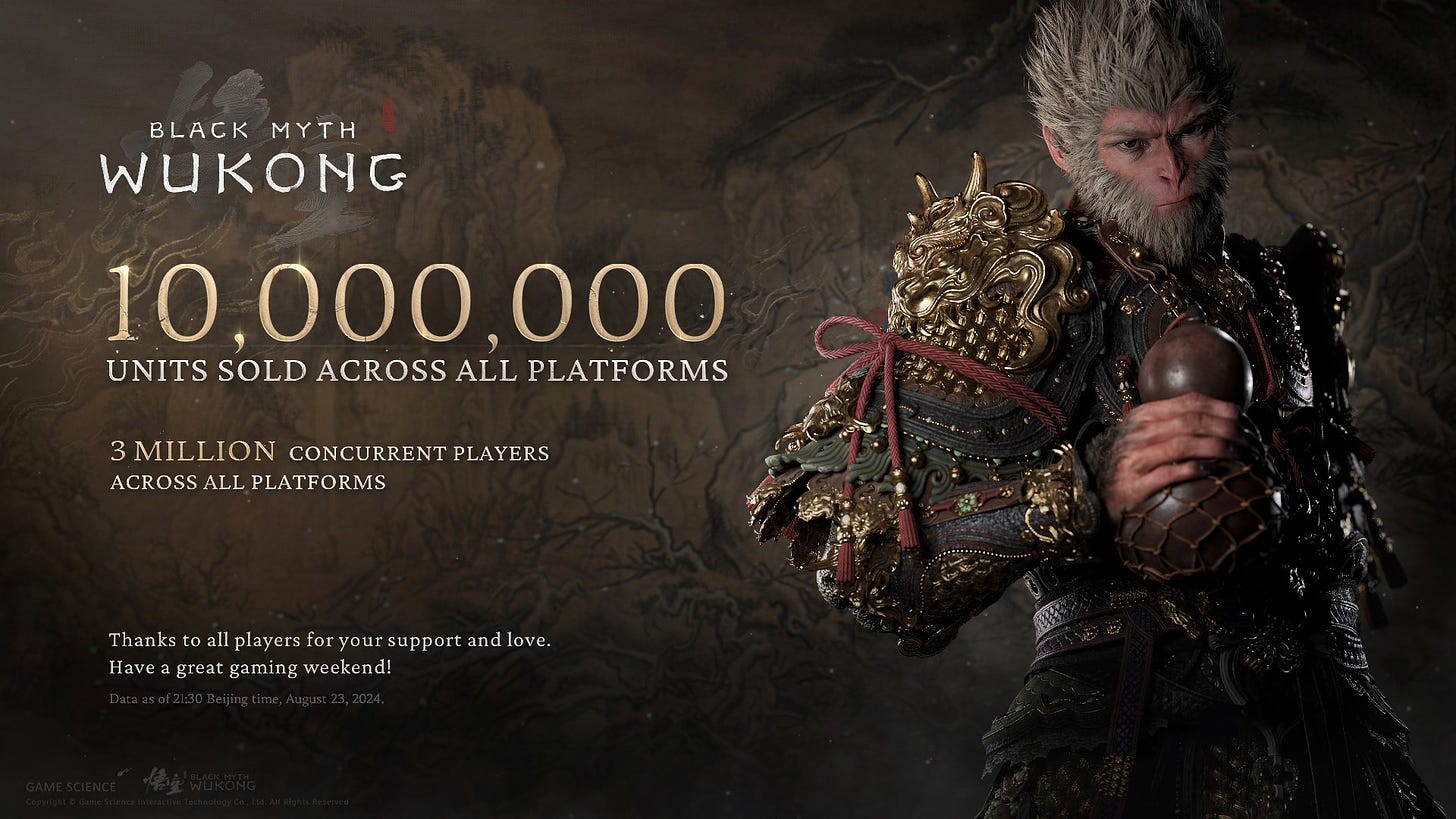
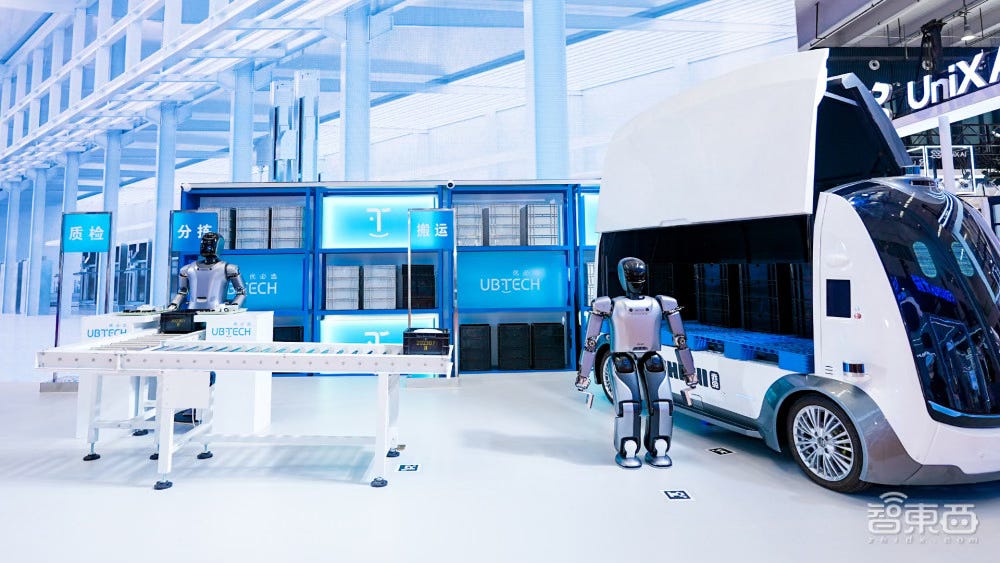
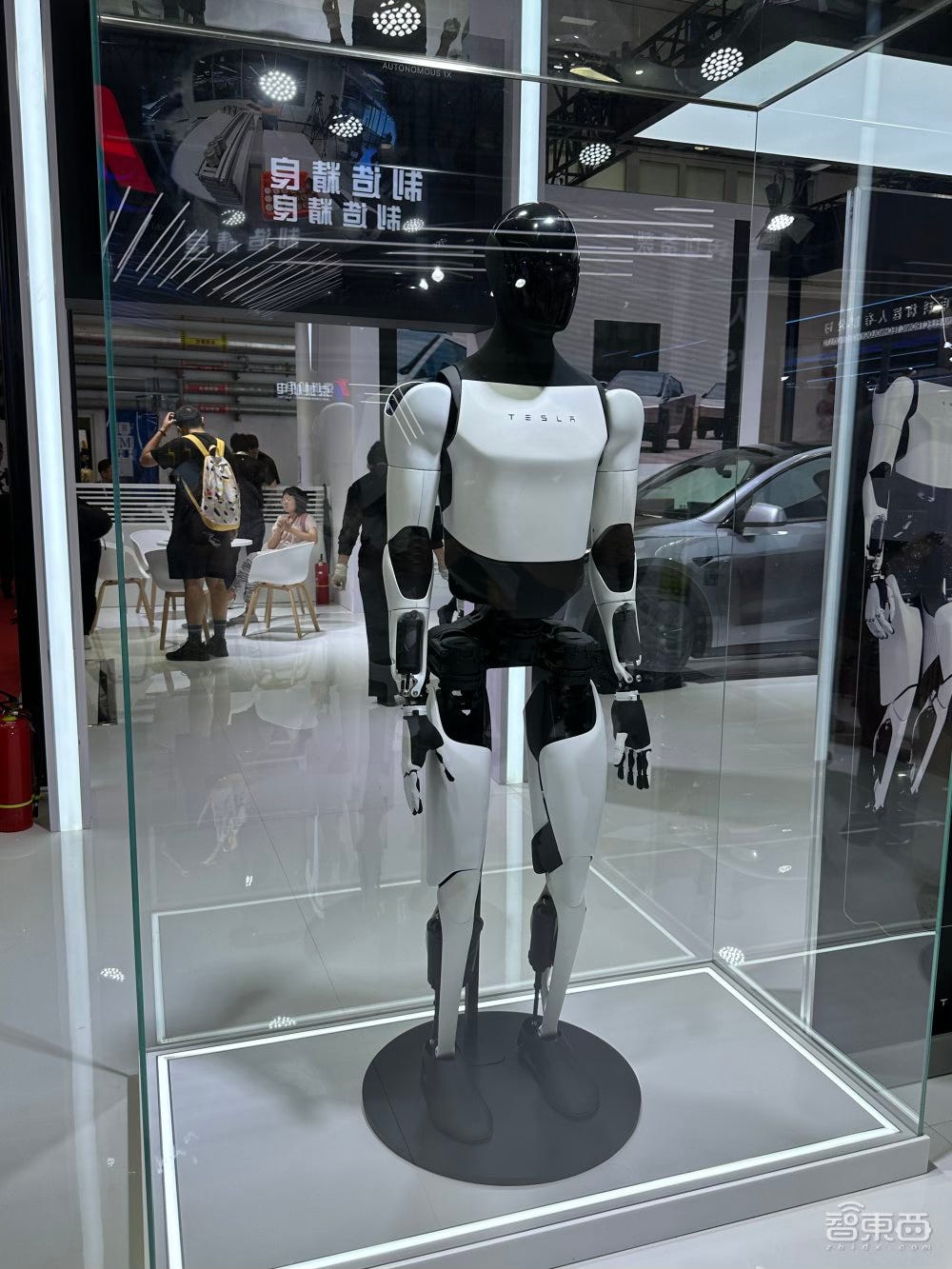





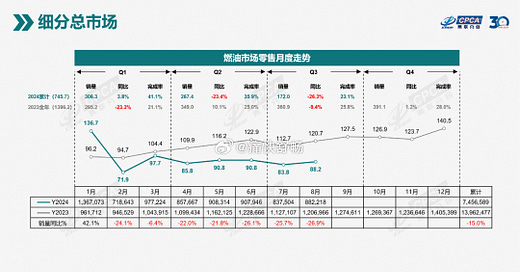

This article explains well why there is a trade war going on. China is competing heat to head with the best Western companies, threatening their bottom line.
The question is when will the West accept that the only way forward is to make better products? That would be a net positive for everyone.
HH-100 ready for FULL PLAY
https://www.youtube.com/watch?v=XHexMDfwBS4